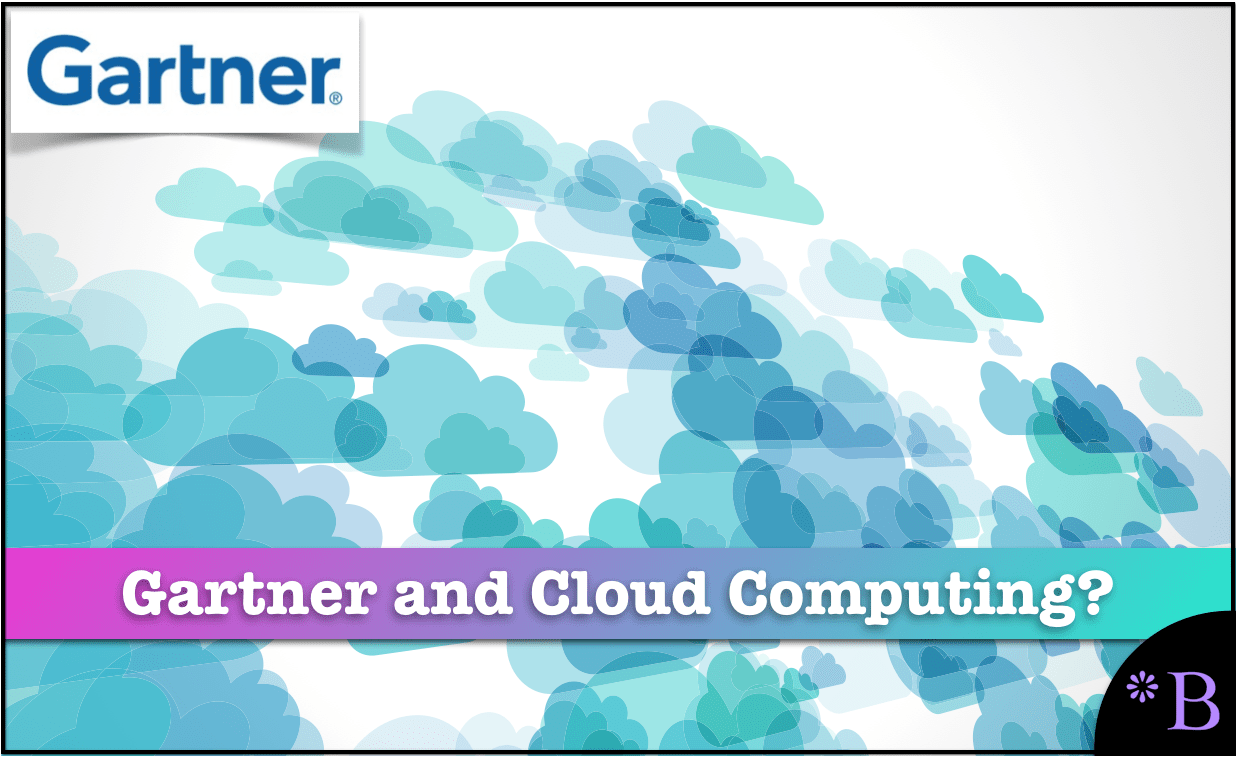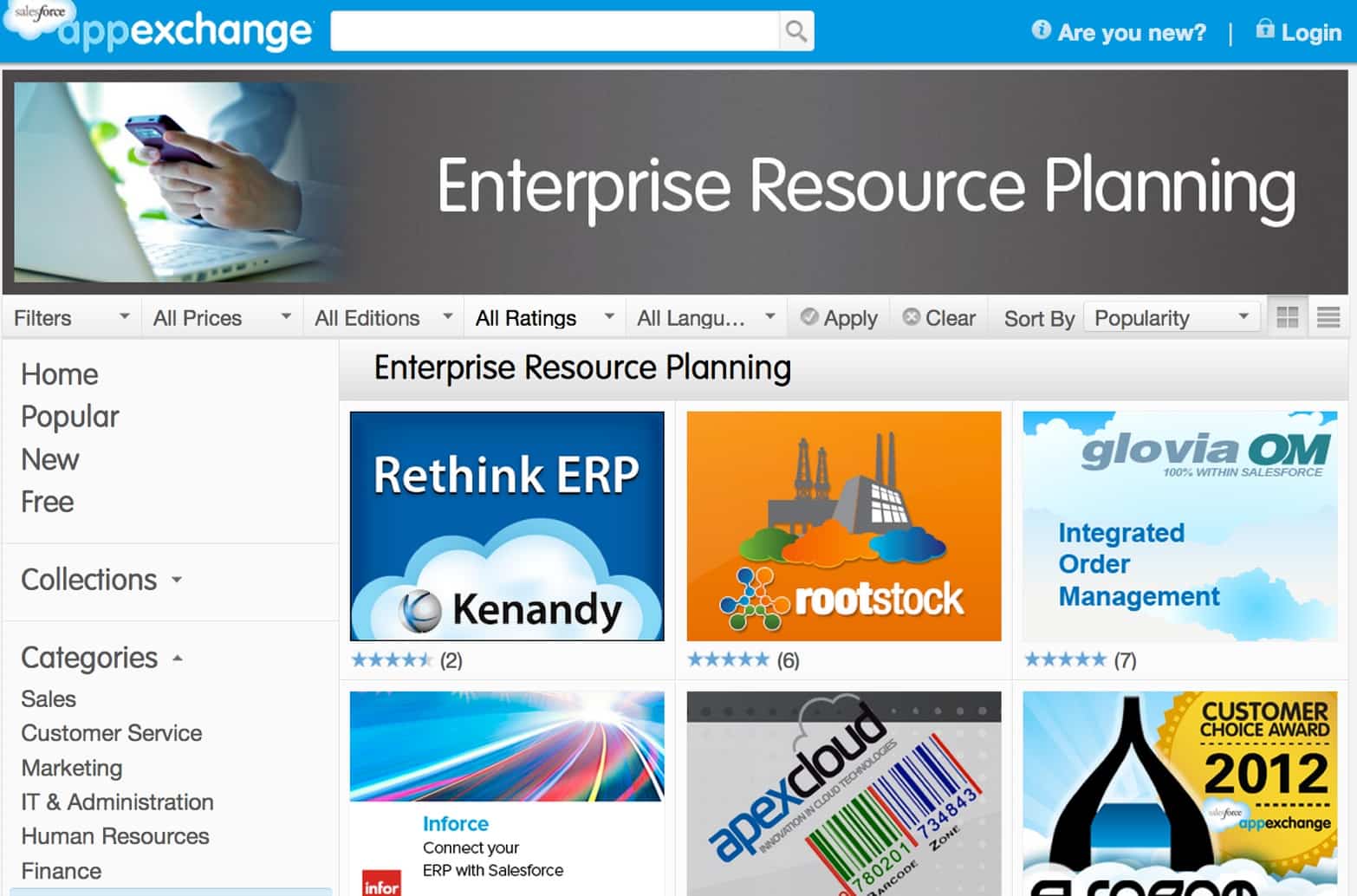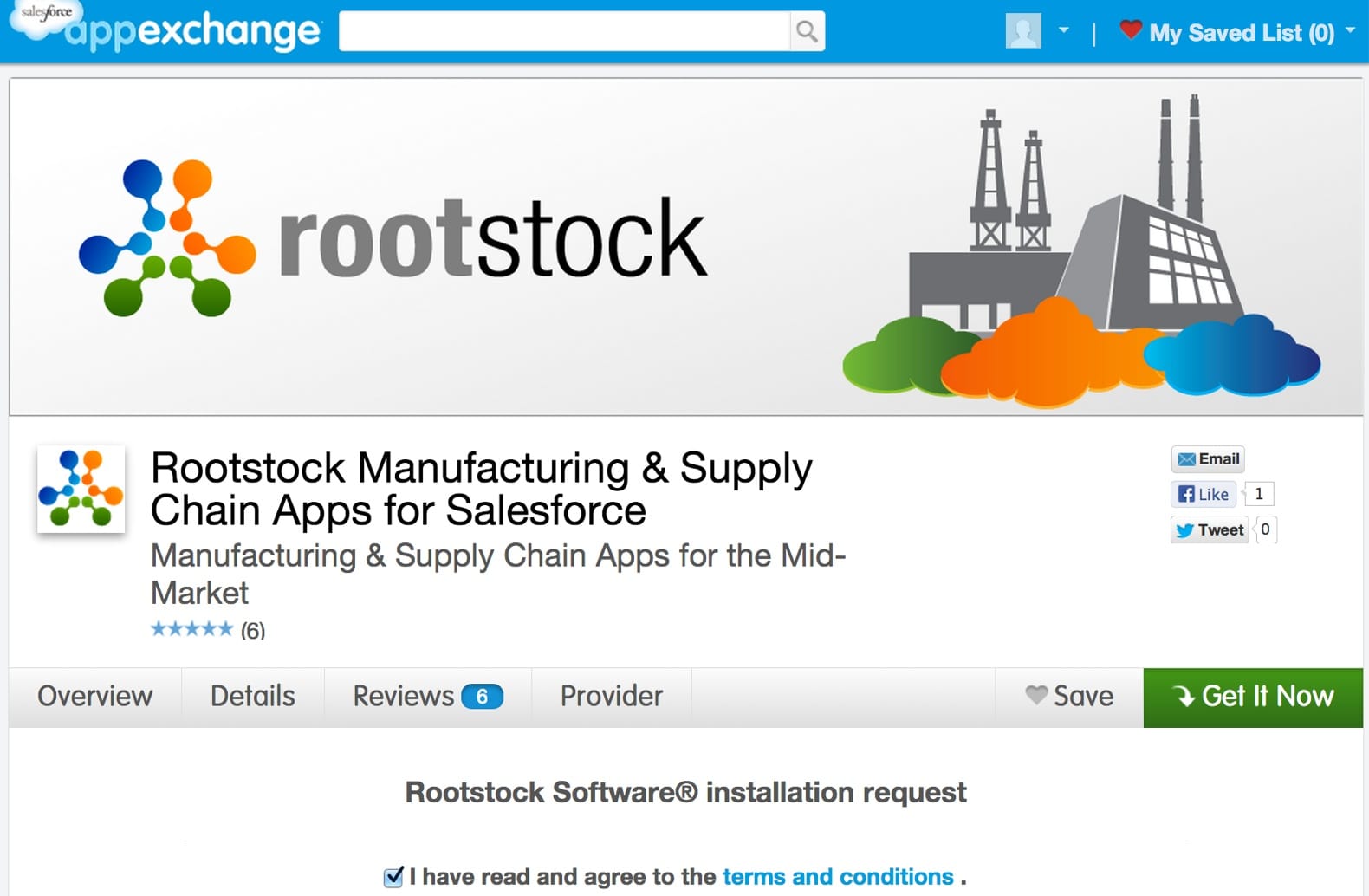How Will Cloud Computing Negatively Impact Gartner?
Executive Summary
- Gartner makes money off of the on-premises software model.
- However, how will the rise of the cloud impact Gartner’s highly corrupt business model?

Introduction
In Gartner’s annual report, they mention the risks that they face.
What Gartner Says About Their Risks from Independent Providers
See our references for this article and related articles at this link.
“We face direct competition from a significant number of independent providers of information products and services, including information available on the Internet free of charge. We also compete indirectly against consulting firms and other information providers, including electronic and print media companies, some of which may have greater financial information-gathering and marketing resources than we do. These indirect competitors could also choose to compete directly with us in the future.
In addition, limited barriers to entry exist in the markets in which we do business. As a result, additional new competitors may emerge and existing competitors may start to provide additional or complementary services. Additionally, technological advances may provide increased competition from a variety of sources.”
This topic is something I want to address because several people predict that Gartner can be replaced by a more informal and open rating system, and one which may even be free.
Our References for This Article
If you want to see our references for this article and other related Brightwork articles, see this link.
Notice of Lack of Financial Bias: You are reading one of the only independent sources on Gartner. If you look at the information software vendors or consulting firms provide about Gartner, it is exclusively about using Gartner to help them sell software or consulting services. None of these sources care that Gartner is a faux research entity that makes up its findings and has massive financial conflicts. The IT industry is generally petrified of Gartner and only publishes complementary information about them. The article below is very different.
- First, it is published by a research entity, not an unreliable software vendor or consulting firm that has no idea what research is.
- Second, no one paid for this article to be written, and it is not pretending to inform you while being rigged to sell you software or consulting services as a vendor or consulting firm that shares their ranking in some Gartner report. Unlike nearly every other article you will find from Google on this topic, it has had no input from any company's marketing or sales department.
Gartner Versus Bottom-up / Crowdsourcing Alternatives
Some people have proposed that lower-cost alternatives could supplant the analysis that Gartner performs. As Barbara Tarallo states:
“There used to be a time when the first place technology buyers would go to for product information was Research firms. I think many technology vendors today are moving away from the ‘pay to play’ engagement, and part of the reason is that it’s cost prohibitive in this economy for the smaller vendors to rate well no matter how innovative their technology. While analyst research provides an invaluable service to the marketplace for technology vendors, I think the analyst’s role is beginning to change as more and more technology buyers are turning to social networking sites (like Linked In) to find new IT solutions. These social forums allow them to share challenges with their peers and get recommendations on how to deal with them. I think more and more analysts are taking on a validation role rather than a predictor role in the technology market. Social media networks are providing information on the latest trends and the analysts are confirming the players.”
The Problem for Small Vendors Rating Well
This is a fascinating observation, and several people have made similar observations/predictions. The first point regarding how difficult it is for smaller vendors to rate well no matter how innovative their technology is something I already agreed with before reading this quote from Barbara Trallo. What Barbara Trallo is referring to here is called “crowdsourcing.”
“The practice of obtaining needed services, ideas or content by soliciting contributions from larger groups of people, and especially from an online community rather than from traditional employees or suppliers. – Merriam Webster Dictionary”
However, I doubt social networking sites like LinkedIn or other crowdsourcing sites can supplant an analyst firm such as Gartner. I cannot recall being on a project and having someone quote LinkedIn or other sites as a reference for software. Intrigued by Barbara’s comment, I performed several LinkedIn searches using different software selection questions and did not find LinkedIn to have very much content on this topic. These sites have been around for some time; if they have not developed as competitors to Gartner up to this point, why should they in the future? Furthermore, I have visited other sites where people offer opinions on the software, my expertise. And I have found many opinions offered that seem to have to do with how a product can be used hypothetically rather than how it is used in reality. Quite a few individuals seem to be willing to restate some vendor’s marketing material. Still, they have never actually configured the software or gotten it to work in the way they described. And of course, vendors and consultants are also on these sites, so there can be many objectivity issues.
Can Other Do Better Than Gartner?
While Barbara has good points on the problems that smaller vendors have in getting rated accurately with Gartner, it’s hard to see any social networking site that can influence executive decision-makers. Still, I do agree that these types of information/interchange sites exist in many other spheres. Furthermore, Gartner’s entire operating approach is based on an expensive model. Much of what Gartner does could be moved online and performed at a far lower cost. Gartner’s interaction approach is not only expensive for Gartner but is costly in terms of the costs it imposes on vendors. So Gartner is undoubtedly susceptible to competition based upon price, but Gartner is under little price pressure. But that option would have to jump several hurdles.
Executive decision-makers will always look for a credible entity that can provide recommendations on the software vendors in the categories they are interested in purchasing. For now, at least, this is a position that Gartner’s to lose. I would, however, be happy to be proved wrong on this. Indeed, we are moving to where local services for everything ranging from pizza parlors to dentists are rated on Yelp. A reliable crowdsourcing site or set of websites for enterprise software can improve software selection decisions.
How Gartner is Very Well-Positioned for the Future
Gartner significantly solidified its position through acquisitions. And indeed, other analysis firms such as Forrester and Aberdeen exist. However, none have such broad coverage of technology as Gartner, and none are as close to as influential. There is, however, a threat to Gartner, but it is not listed in their annual report, and it is not one that I have ever seen articulated in any of the research that I performed for this book. That threat is a combination of vendors putting their applications in the Cloud and making them available to buyers for testing directly over the Internet.
Gartner as an Information Middleman
While infrequently discussed, Gartner’s power stems from the fact that the software buyer cannot directly experience enterprise software; therefore, Gartner serves as a dominant middleman between buyers, investors, and software applications vendors. In just a moment, I will get into how this could change in the future and what it could mean to Gartner, but in brief, Gartner’s services could change such that they cease to rate vendors, rate hardware and services only, and report on trends in the technology marketplace. In doing so, Gartner would lose most of its consulting practice, and the rates it could charge would decline steeply.
Gartner helps perpetuate software selection along elitist lines, which is consistent with how large companies make decisions. However, this is only one particular modality of decision making. Technology can be used to decentralize decision-making and, most appropriately, to move the decision-making—or at least provide some voting power—to the organization where individuals with the domain expertise can decide. Executives should not care about making software selection decisions; they should care about making the best software selection decisions.
Making the best software selection decision means getting the best software, which would mean getting more input from a full circle of people in the company and abandoning the more isolated process of software selection currently used. There is an excellent vendor that offers a glimpse into this opportunity. This vendor is called Arena Solutions and is a company I profiled in my book The Bill of Material in Excel, Planning, ERP, and PLM/BMMS Software.
Making the Best Brightwork Research & Analysis
Arena Solutions makes the bill of material management software. The arena is a multi-tenant SaaS/Cloud solution, and they provide anyone with the ability to test drive their software right online if they request a free 30-day trial. At one time, I logged in quite frequently to Arena Solutions to do everything from learn the application to take screenshots for the book I was writing. However, if I wanted to find out what was new, I could get a new demo password from them and see what had changed for myself. This approach is still quite rare, but it has advantages for the software vendor in that interested parties can learn about the software on their own time without engaging in a longer-term and expensive sales process. It costs very little for Arena to make this trial available to companies and reduces their sales costs.
Another vendor that does this is Fishbowl. Fishbowl makes several different applications and allows them to be downloaded for 30-day trials. It should be no surprise that Fishbowl, like Arena, is a powerful application that is easy to use and stands on its own. The vendors trust their customers to use the applications independently without attempting to control the entire process.
Testing Salesforce
SalesForce.com is another excellent example. Salesforce has developed well-known CRM software but has also created a platform where companies can connect an enormous number of applications, referred to as PaaS, or Platform as a Service.
“As an organization, you also no longer have to build this component ERP landscape on your own. Software vendors are beginning to provide this component solution framework for you. Force.com (by Salesforce) is one provider taking a lead with this approach. On the Force.com platform, a company can subscribe to the financials component, and then choose to go with the Glovia OM or the Rootstock manufacturing component based on the company’s needs.” – To ERP or Not ERP, That Is the C Level Question.

App exchange at SalesForce is based upon an open system where applications are added as if they are plugging into the SalesForce system. Roughly 1,500 applications are available on this exchange.

At the Force.com website (managed by SalesForce), many applications can be installed and tested before being purchased. The site manages integration. This allows a company to create a custom solution architecture based upon testing rather than based upon what one vendor has to offer or to go through the sales process.

As shown above, to test this application, it could be installed on the sandbox created by SalesForce. This is the testing environment. If the company likes the application, they can install it on their production Force.com environment.

Force.com also has reviews of applications right in the app exchange. Shopping for applications like this is light years ahead of how it is currently done. SalesForce has brought the concept of Apple’s AppStore to the enterprise software market.
Making Applications Easily Available
So what if applications were available for a test right online as demo environments? What happens to Gartner? Gartner’s power would decline because one needs less of an interpreter when experiencing the software first hand. But this still would not wholly dis-intermediate Gartner for the following reasons:
- This approach could only answer some of a buyer’s product-related questions about an application category. For instance, it would not answer broader questions for which Gartner provides analysis.
- A few of the applications I work in can be used in how Arena Solutions can—without specialized training. Applications would have to be improved so that people can start using them without all of the standard overhead, such as training. I have heard all manner of excuses from ERP vendors as to why they refuse to make available a trial version of their software. Some argue that the software requires too much work to configure; however, potential buyers could log into a generic configuration. For instance, consultants like myself sometimes rent access to a managed application that any client does not maintain. Yes, the system often has many data entered by other users, but it is still advantageous to always have a test system to access. The vendors of applications that are more difficult to use will not want to provide a test system because they know their applications will not perform well. Arena Solutions does not seem to have that problem because their software is logical and straightforward to use.
Where is Gartner’s Authority Based?
There is no denying that Gartner’s power and authority rest upon the fact that buyers cannot directly experience the software they want to purchase. Everyone is free to make their prediction, but I don’t think this situation will continue. We are installing on-premises applications, customizing them, and then upgrading thousands of copies of these applications in what amounts to a job program for consultants and other infrastructure resources. In doing so, we pass along high costs to the buying companies and locking them into the vendors they choose. They cannot sample applications before they use them, leading to more unfortunate decisions than if they had had the opportunity to test-drive the applications.
Gartner’s Connection to On-Premises
The on-premises model currently being followed is antiquated but still has legs. Vendors still have ways to go in standardizing and improving the quality of the SaaS/Cloud model. For example, Force.com is not an open platform but is always biased in favor of Salesforce (hardly a surprise). Also, Force.com does not have enough meaty applications. Buyers have a long way to go to become familiar with this entirely different operating modality. However, at some point, the Salesforce.com “model” will trump the SAP/Oracle “model,” and when that happens, applications will be easy to test and easy to install. When this transformation occurs, Gartner will no longer be the gatekeeper to what companies should use the software.
On the other hand, Gartner will not just sit by as they are disintermediated; they will reconfigure themselves. Smart groups of people at Gartner have already figured this all out. Gartner is not the only company that will have to adjust; the software marketing function will be transformed entirely under this new configuration, as second-hand information will mean less in the determination of software selection than it says under the on-premises model. The effect of SaaS/Cloud on improving software selection has not been explored much as a theme by writers when comparing the costs and benefits of on-premises versus SaaS/Cloud.
Conclusion
Gartner is very well-positioned to influence enterprise technology purchasing and investing decisions for years to come—until the on-premises model of managing software is phased out. In the shorter term, I do not see evidence that executive decision-makers are basing their shortlist upon a prominent source of media—crowdsourcing. Furthermore, executives are concerned with making good software selections, but more important to them is job security. They need to be able to point to someone with prominence who supports their selection decision. Pointing to LinkedIn is just not going to cut the mustard. Therefore, while cloud-based enterprise applications and vendors that offer free trials of their software online have the potential to reduce the power of Gartner somewhat, it does not eliminate the need for executives to have.